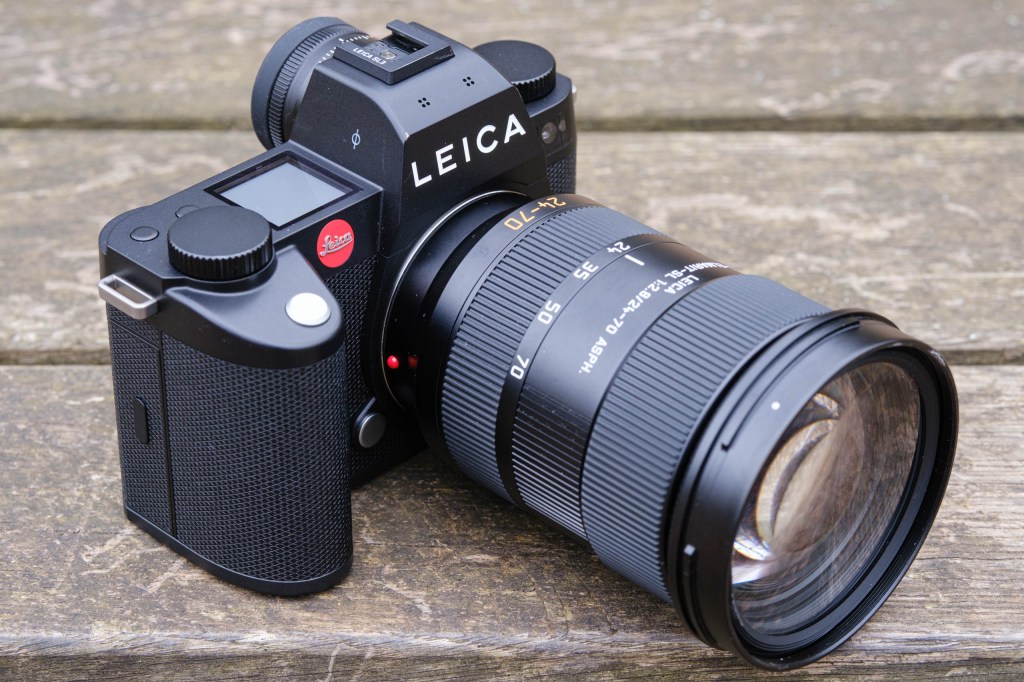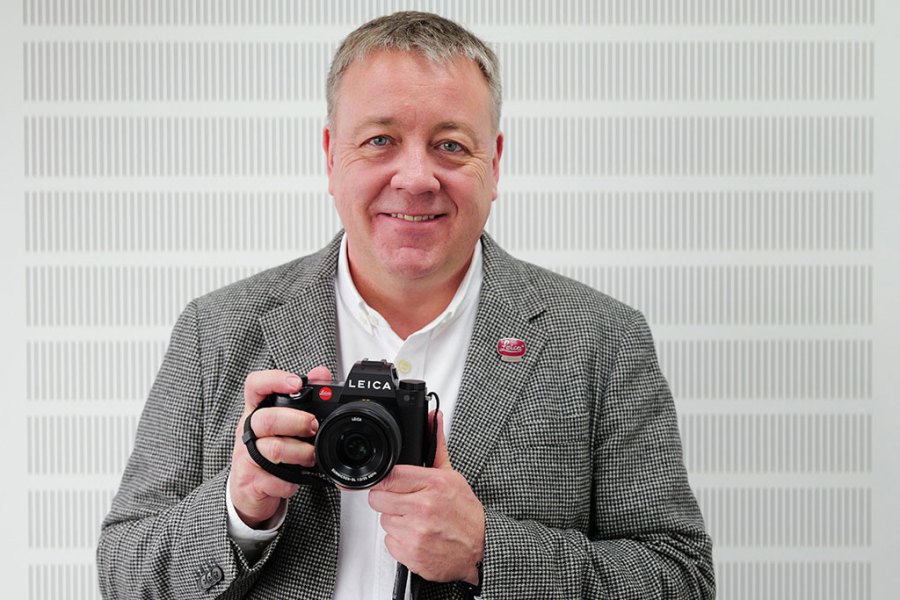Leica has just launched the new SL3 camera, with a 60MP full-frame sensor, upgraded autofocus, and tilting screen. For this Leica SL3 interview, I sat down briefly with Stefan Daniel, Vice President, Photo and Technology at Leica, prior to the camera’s launch. I asked him about the company’s philosophy, who the camera is designed for, and how it fits with the firm’s M rangefinder and Q full-frame compact lines.
Read our Leica SL3 review: hands-on first look
First, he explained why Leica has chosen to compete in the full-frame mirrorless market against the giants of Canon, Nikon and Sony:
“This is by far the biggest market in the camera industry, and the fastest growing. Either we participate, or we keep to our photographic specialties. We decided that we wanted to be part of it quite early when we launched in 2015, when the battle between DSLR and mirrorless wasn’t decided yet.
We always tried to appeal to new customers, but do it the Leica way, with less buttons, much easier operation, Leica image quality, and Leica build quality. Of course, it’s tougher than selling a Q or an M. But the good thing about the system market is that once people are in the system with the lenses, they might also buy a new camera.”
“It’s tougher than for Q and M, but we’re doing fine”

Asked who is buying into the SL system, Daniel says:
“I would say that the share of professionals is the biggest, compared to the other product lines. But the majority is amateurs who consider photography is their passion. I think many of them could work as a professional photographer.”
As for what he considers to be Leica’s main selling points:
“Leica image quality, the versatility when it comes to the L-mount, that you can offer a broad range of lenses. Not only those with the Leica brand, there are many more options than we could offer as a single brand.”
“The distinctive factors in my opinion are the design, the build quality, the usability.”
Keeping it simple
Leica has always said that it aims to keep its cameras as simple as possible, and not add unnecessary features. I asked if that’s still the case:
“It’s a fine line, because if on the one hand we are super-purist, we would not meet the needs of many photographers”. Go too far the other way, though, and “maybe we lose track, because we become too complicated like many others. So it’s a constant discussion.”
The needs of real photographers contribute heavily to these decisions, too, with their feedback collated by Leica:
“The fantastic thing is that people very rarely buy Leica only for rational reasons. There’s always emotion in it. People care about the product, the brand and the company, and we get a lot of feedback voluntarily. We’re very, very thankful for that. We have created internal tools to measure how often we get certain requests, then it goes up in the ranking.”

Consistency of design
Many SL users also have other Leica cameras, particularly the Q:
“The Q is where we get the most first-time Leica users. But what we see more and more is that after a year or two, they see what Leica has to offer on top, and very often they buy an SL or an M in addition. The typical customer journey starts with a Q, and they may own other brands in mirrorless. Then they get convinced about the image quality and the usability, and they look into M and SL.”
This is where Leica’s consistency of operation between cameras becomes important:
“That helps a lot, if you know the menu of one of our cameras then you know it for all. Although as it evolves from generation to generation it will never have anything completely similar.”
It’s also important for Leica to make M lenses work well on the SL series:
“That’s one of our core principals, to ensure maximum compatibility also across the systems. For 70 years, every M lens fits every M camera, with very few exceptions. But also it’s very appealing for many customers to use a Noctilux or something on an SL, and some even say it’s more usable on an SL than on an M. So that is super-important, because this also ensures the value retention.”
“Our products are not cheap, but they keep their value, and that’s very important to us.”
Read our Leica SL3 review: hands-on first look (including full-resolution sample images)
Follow AP on Facebook, Twitter, Instagram, YouTube and TikTok.







